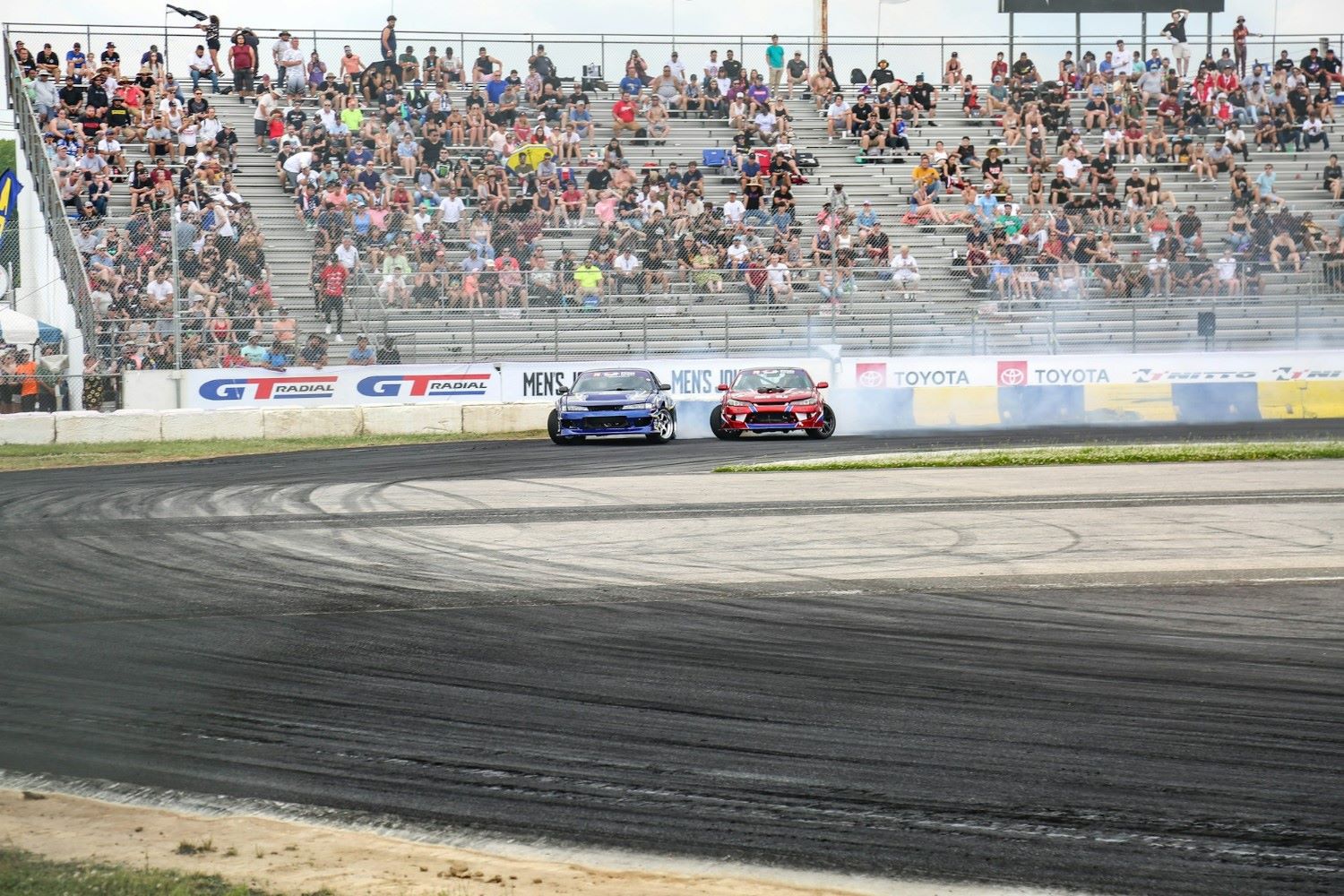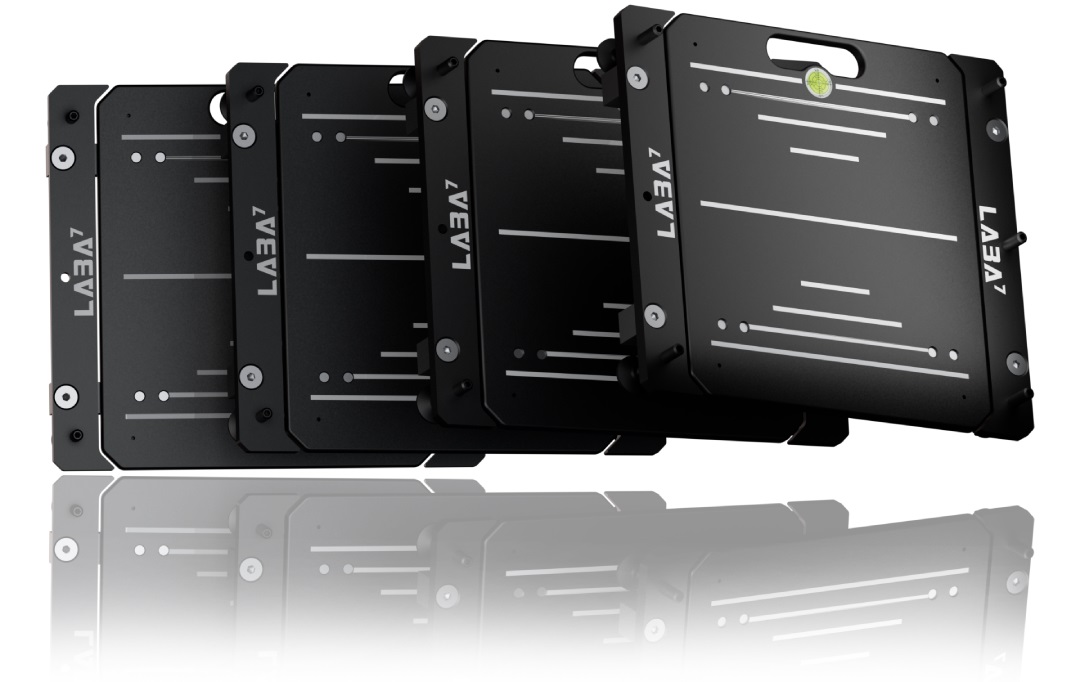How Race Car Scales Come into Play in Fine-Tuning Race Cars
In the competitive world of motorsport, victory often comes down to the smallest margins. Every aspect of a race car needs to be fine-tuned for ultimate performance, and one of the major tools for doing this is the race car scales.
These precision instruments play an important role in the fine-tuning of high-performance racing machines to enable teams to reach that perfect balance and weight distribution that can make a difference between first place and disappointment.

What Are Race Car Scales?
Race car scales are specialized weighing systems that are used to determine the weight distribution of a vehicle. Unlike conventional scales, these tools can show quite a detail in terms of information regarding the following:
Individual wheel weights Axle weights Total vehicle weight Left-to-right and front-to-rear weight distribution
Types of Race Car Scales
There are several different types of race car scales for different needs and budgets including:
- Wheel Pad Scales: A pad for each individual wheel
- Platform Scales: Greater scales where the vehicle can stand fully on
- In-Ground Scales: Permanent installs flush to the floor
- Portable Scales: Lightweight easily transported systems for trackside use
The Importance of Weight Distribution
Balance and Handling
Proper weight distribution is key to get maximum performance out of the race car. It directly affects:
- Cornering ability • Acceleration • Braking • Tire wear • Overall stability
A well-balanced car lets the driver push the limits of the performance envelope with confidence, knowing their vehicle will behave predictably under extreme conditions.
The 50/50 Ideal
Many race teams shoot for a 50/50 front-to-rear weight distribution since this is usually closest to optimum overall balance. However, the ideal weight distribution might be different given:
Distributions based on track layout, racing discipline, vehicle design, and driving style all can be sought with precision, which often entails adjustments in weights by just ounces, to achieve the handling characteristics desired.
Practical Application of Race Car Scales
Setup Procedure
- Level the Surface
- Warm the Tires to the Operating Temperature
- Put Car on Scales
- Take Initial Measurements
- Make Adjustments if Needed
- Re-Weight and Confirm Changes
Key Measurements
| Measurement | Description | Importance |
| Cross-Weight | Diagonal weight comparison | Affects cornering balance |
| Left-Side Weight | Total weight on left side | Crucial for oval track racing |
| Front Weight | Percentage of weight on the front axle | Influences understeer/oversteer |
| Rear Weight | Percentage of weight on rear axle | Affects traction and acceleration |
Frequency of Use
Teams usually employ race car scales for the following purposes:
- Initial vehicle setup
- When a key component has been replaced
- Before and after a test session
- During a race weekend based on different levels of fuel load and tire wear
Special Use of Race Car Scales
Corner Weighting
Corner weighting is an intricate process in finely tuning the handling of a car by making fine-tuned adjustments to each individual wheel. The process involves:
- Predefined ride height
- Spring pre-load adjustment
- Fine-tuning suspension components
This helps in reaching the optimal weight distribution for that track and atmospheric condition by which maximum grip and stability can be achieved through corners.
Aerodynamics Optimization
Scales used in race cars provide crucial information while conducting aerodynamic tuning:
- Ride Height: Accurate measurements maintain consistency in aerodynamic performance.
- Downforce Balance: The balance of weight between the front and the rear alters the aerodynamic balance.
- Center of Gravity: Lowering the center of gravity allows cornering to become very consistent and stable overall.
Fuel Strategy
Using race car scales to measure weight changes as fuel is consumed, teams can:
- Calculate exact fuel consumption rates
- Engineer ideal pit stop strategies
- Make informed decisions on tradeoffs with regard to fuel load
The Impact of Technology on Race Car Scales
Digital Integration
The modern race car scale often offers such features as:
- Wireless connectivity
- Real-time data transmission
- Integration with telemetry systems
- Compatibility with smartphone and/or tablet
Faster measurement, higher accuracy of reading, and quicker analysis are made possible with these enhancements.
Software Analysis
Specialized software packages work with race car scales to:
Visualize the distribution of weight Compare setups over time Simulate changes and predict outcomes Produce detailed reports for analysis by the team
Challenges and Considerations
Environmental Factors
A range of factors can affect the accuracy of the readings provided by race car scales:
Temperature fluctuations Wind Surface unevenness Vibrations from traffic or other machinery
Racing teams must account for these variables to ensure that their readings are reliable and accurate.
Calibration and Maintenance
For Race Car Scales to remain accurate, the following is required:
- Periodic Calibration
- Careful handling and storage
- Protection from high temperatures and dampness
- Regular professional servicing
Regulatory Conformance
Most series rule over minimum and maximum weights, weight distribution, and ballast locations. By understanding where the weight is placed and how to achieve maximum performance within the specified limits, race car scales can enable teams to remain within the rules.
- Higher Accuracy: Even more precise measures down to fractions of an ounce.
- Integration of AI: Predictive analysis, automated set-up suggestions.
- Real-Time Adjustments: Systems that can change and update weight distribution in a race.
- More Portable: Lighter, heavier-duty sets of scales for easier transportation and setup.
Conclusion
Scales for race cars are an indispensable tool in the world of motorsports, as they provide the precision measurements that allow extracting every ounce of performance from high-tech racing machines. From initial setup to ongoing adjustments throughout the race weekend, these specialized instruments give teams the opportunity to fine-tune their vehicles with incredible accuracy.
As technology in racing evolves, the task of race car scales is very important. Being able to measure weight distribution to an exact degree and change it provides a larger advantage in a sport measured out by fractions of a second.
Whether it be a professional racing team, weekend track enthusiast, or simply a fan of motorsport technology, there are plenty of great reasons to understand the importance of race car scales, offering incredible insight into high-performance vehicle tuning’s meticulous science. These can indeed be humble but crucial tools, starring in shaping the future of racing in this never-ending pursuit of speed and victory.
